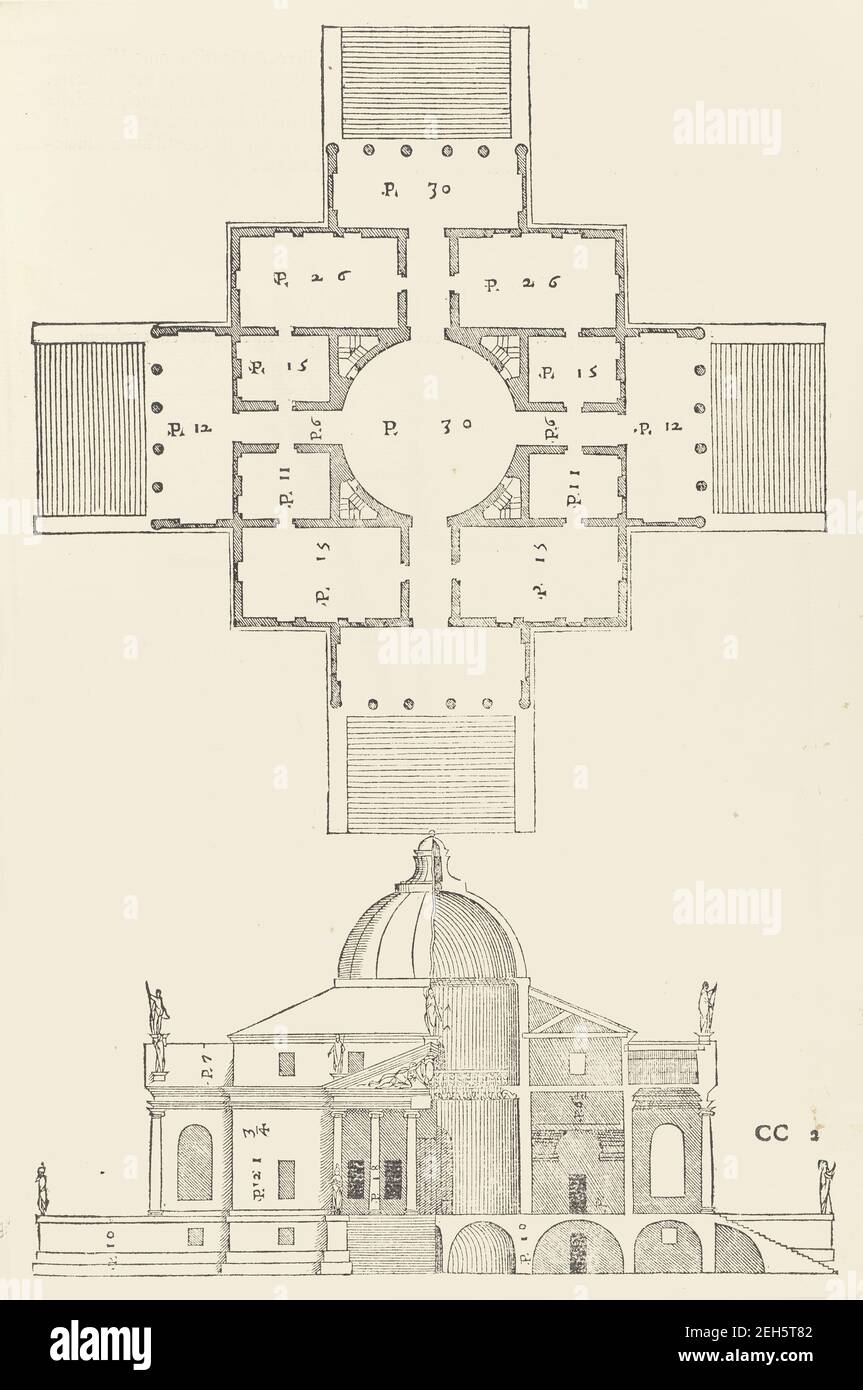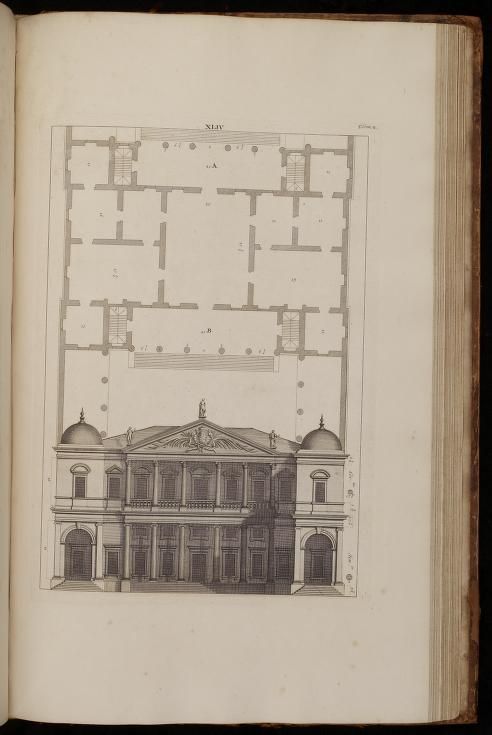

''What he did Was to adapt Roman public architecture for domestic use. ''He is the single most influential architect in history, though of course no other architect has been around long enough to have the same impact,'' Mr. The drawings can be viewed at Palladio had a pervasive influence on Western architecture, from the great 18th-century country houses of Britain to the plantations in the American South. People who spend more than $9,000 received a mounted and framed reproduction of their drawing and can reproduce it for agreed private use. One by Palladio is included, for $24,000. The institute just began a fund-raising plan in which members of the public can ''adopt a drawing.'' More than 200 of its drawings are up for adoption at fees ranging from $3,600 to $36,000. One anonymous American donor has pledged $3 million toward the $18 million project, but $8 million still needs to be raised. Hind is trying to raise money for the museum project. ''This project secures the future of the RIBA collection and opens it up to a much wider audience,'' George Ferguson, the institute's president, said.

Another wing of the museum will house study rooms and storage areas for the drawings. The museum is scheduled to open a large architecture gallery near the main entrance on Nov. It calls for the institute to send its renowned collection of 600,000 architectural drawings, manuscripts and models to the museum, which already owns 35,000 architectural drawings. Hind was in New York last week to announce that the Royal Institute is collaborating with the Victoria and Albert Museum in London on a major new project. The Burlington Palladio drawings may go on view in London this fall. They went through several owners, from Jones's pupil and heir, the architect John Webb, to the Talman family, which sold them to the Third Earl of Burlington in 1722.

The British Renaissance architect Inigo Jones (1573-1652) acquired more than 200 drawings from Palladio's studio during his second visit to Italy in 1613. They were passed down from architect to architect. ''They could be the most influential group of architectural drawings in the world,'' said Charles Hind, the institute's curator of drawings. The Eighth Duke of Burlington gave the drawings to the institute in 1894. His ''Four Books of Architecture,'' completed in 1570, has inspired architects for nearly 450 years.įewer than 400 of Palladio's original drawings are thought still to exist, and 212 of them belong to the Royal Institute of British Architects, or RIBA, which has 30,000 members and is based in London. One drawing by Palladio might not seem too important, except that he is probably the best-known architect in the Western world, not only for the villas he designed outside Venice but also for his writings. Palladio's drew a design for a new one that was never used. The original palace burned in 1577 and had to be rebuilt. A pen-and-ink drawing of a palace in Venice is one of the many treasures that the Bard Graduate Center in Manhattan will show beginning on Thursday, when it opens ''The Devonshire Inheritance: Five Centuries of Collecting at Chatsworth.'' The drawing, 18 by 42 inches, is by the Mannerist architect Andrea Palladio (1508-1580) and is a proposal for a new Doge's Palace in Venice.


 0 kommentar(er)
0 kommentar(er)
